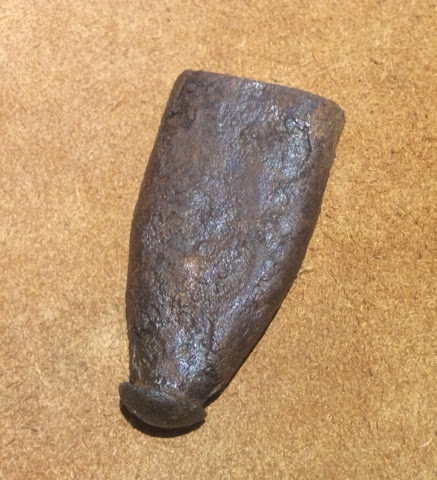The subject in question here is the Canadian 1915 equipment seen above on a march through the Ontario countryside. I've written about this in the blog http://leathersatchels.blogspot.ca/ and told the story of the search for details. I suggest the reader of this blog should refer to that one too.
The search for artifacts to study is ongoing and I'm hoping that this new title will catch someone with information to share. As stated in the blog the reproduction company What Price Glory has been able to reproduce certain elements of the gear from known artifacts. Thus there are now reproductions, soon to be available online, of the ammunition pouches and the revised belt. There is also full knowledge of the altered haversack. Good reproductions of any of these can stand as representatives of that knowledge.
The problem comes in making reproductions of the parts for which we only had bad resolution photos. Still, by studying these it is clear that the 1915 yoke was the Oliver Pattern yoke recut.
The points of attachment of the straps are necessarily derived from the Oliver Pattern equipment but there had to be some surmising to complete the picture. So here are the matters up for correction, if indeed correction is needed. These are my adaptations and they bear the limitations of hand stitching and hardware that is store bought. What Price Glory is in the process of turning these images into their reproductions, with the benefit of machine work and the reproduction of hardware as it could have been. This work will soon be available online.
All this work is done in the interest of being right but also in the hope that if anything can be improved on someone will come forward with what they know. So.... Does anyone out there have their grandfather's equipment in a box? There's a good chance this equipment is in England. Look in the cupboard under the stairs, or in that old trunk stashed under the tiles .
In the meantime keep watching What Price Glory for updates to their site.
January 17
I've received the What Price Glory prototype for the yoke. Here are the details which are an improvement on my own efforts. Hopefully this will be for sale before too long. I'm told that progress is being made of the haversack and large pack. Keep watching!






















































